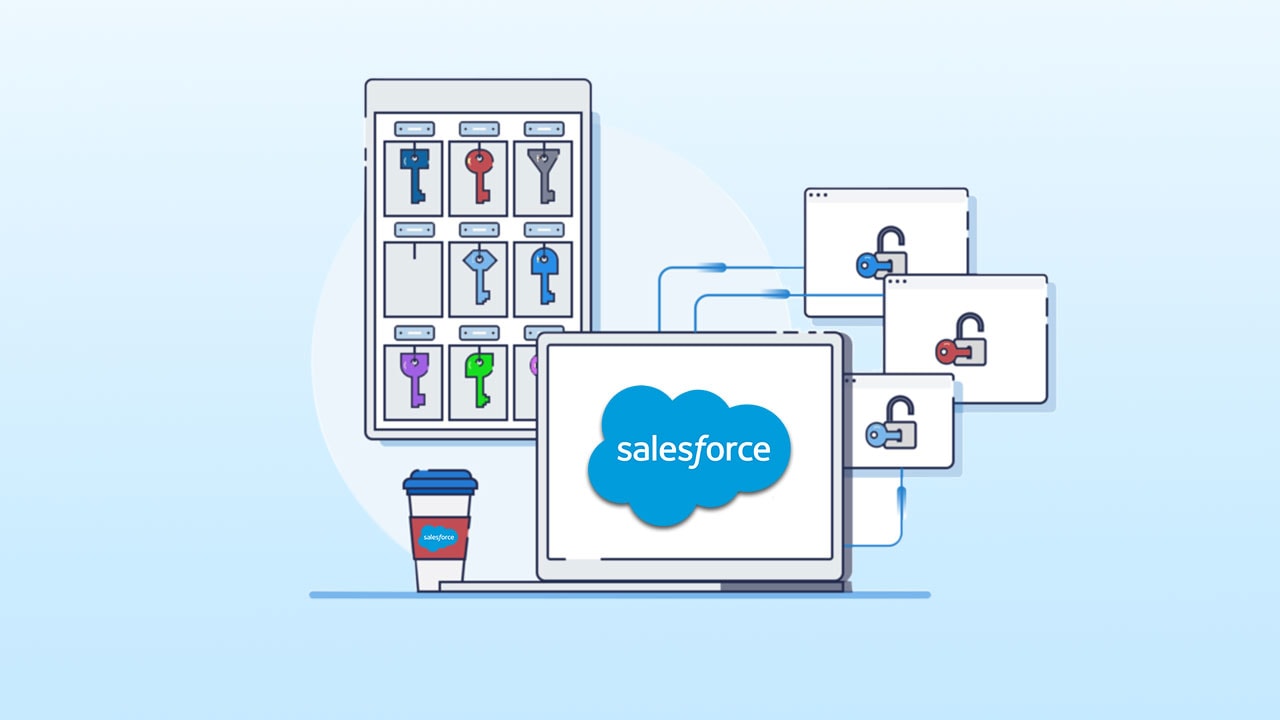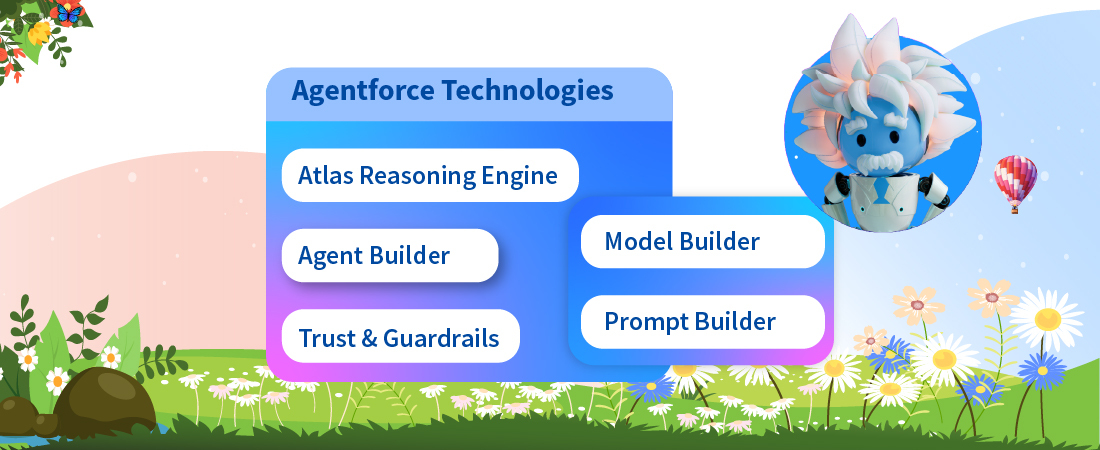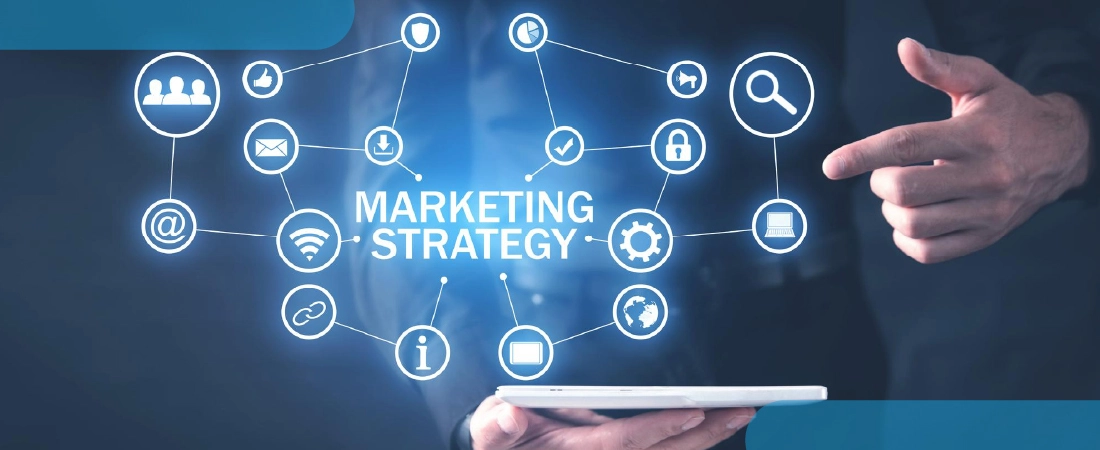In an increasingly digital world, security is increasingly gaining in importance. Hackers can attack websites and apps to steal email addresses, passwords, and other personal information. Single Sign-On (SSO) offers a Salesforce Integration solution to security threats by providing a safer and more streamlined application login and user experience.
SSO is a session and user authentication service that allows a customer to use one set of login credentials to access multiple applications. The service verifies the identity of the user for the business. Corporations deploying SSO applications like Okta are not required to save any personal information of the customers, which mitigates the threats of hacking or data breaches.
The reduction in data storage and simplification of password management allows highly efficient use of resources as fewer passwords mean less time spent resetting them due to employee forgetfulness. To integrate SSO in Salesforce, here are some things to keep in mind.
Which Kind to Pick
In Federated Authentication with Security Assertion Markup Language (SAML) the client can send confirmation information between associated yet disconnected web administrations. Salesforce CRM architecture is designed in a manner where users can sign in to Salesforce from a customer application, which consequently empowers federated authentication for the organization. In Delegated Authentication SSO, Salesforce goes with a strategy that the company picks. The end user would then be able to coordinate authentication with their Lightweight Directory Access Protocol (LDAP) server or utilize a token rather than a password.
Decide Which Applications to Integrate
For successful execution, it’s essential to distinguish the applications that need to take off in various stages. The user must determine which applications need to be integrated at the very beginning and communicate the same to the system provider. This must be the primary task a company undertakes for an effective SSO usage.
Who Acts as the Identity Master
While implementing Salesforce corporations must decide where the authentication process will direct itself, the existing directory of the company or any other application that contains the credentials of the employees.
Gather User Opinion to Gauge Success
Post installation of SSO in Salesforce, the organisation is effectively changing the manner in which all employees and clients sign into various applications. The ability of employees of an organization to navigate the system with ease is a critical feature. It is important that while deploying a SSO solution organization must collaborate at all levels, including some senior executives, in the beta testing phase. Any user feedback received must be taken into account when it is launched company-wide.
Scope
The company must decide which applications are open for which employees. They must also have provisions in place to remove ex-employees which will bolster the overall security and eliminate risks to the system by threats or invasions.
SSO authentication is going to be around for a long while. As the decentralized frameworks are becoming increasingly prominent with the rapid growth in internet penetration, incorporation of SSO in Salesforce has catered to the fundamental aspect of authentication by securing billions of login credentials through a well-integrated system with configured applications by enhancing the productive capacity of users every day. The integration of it should not be a hassle to you and, if you keep this list in mind, it should be smooth sailing.






